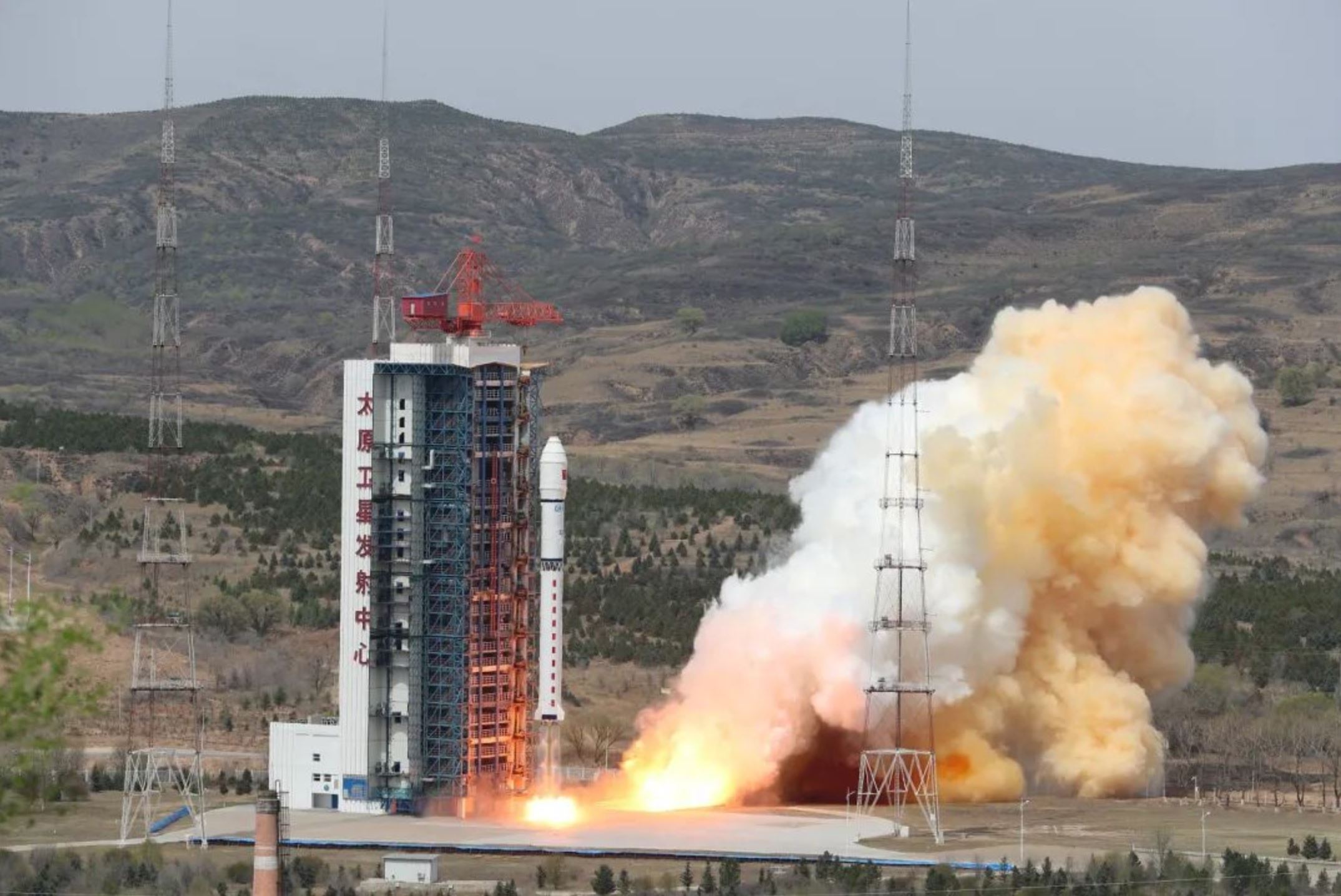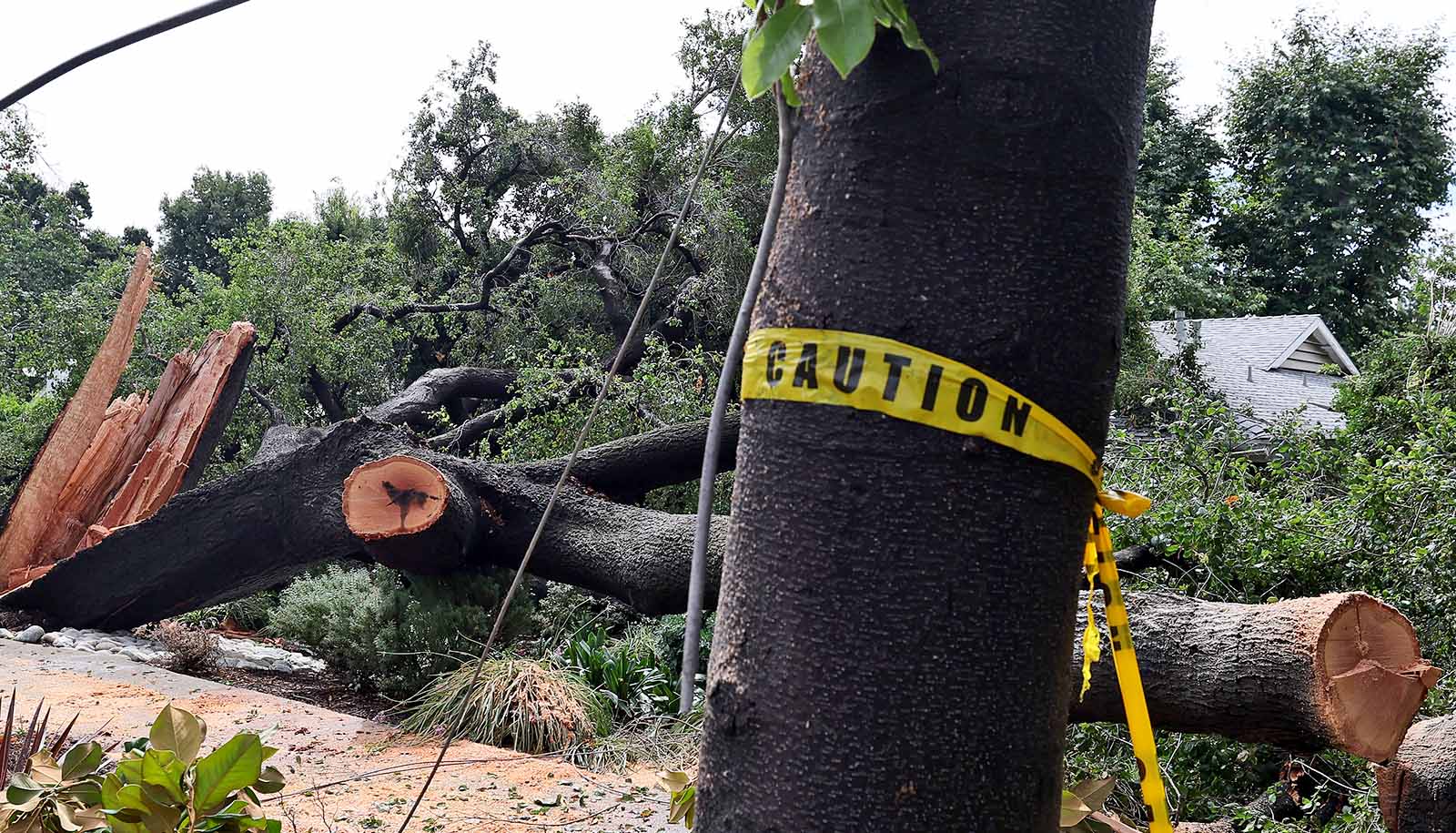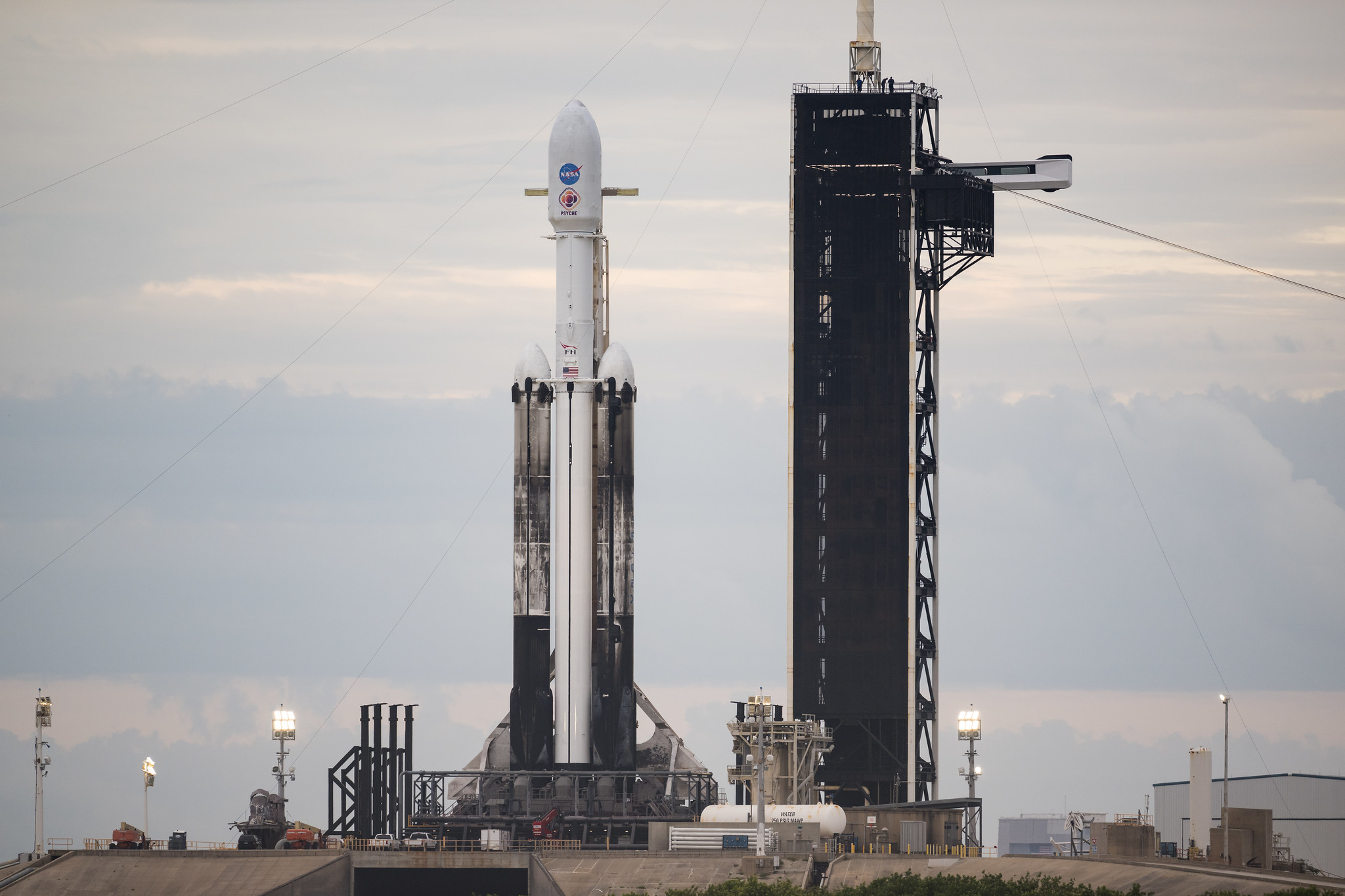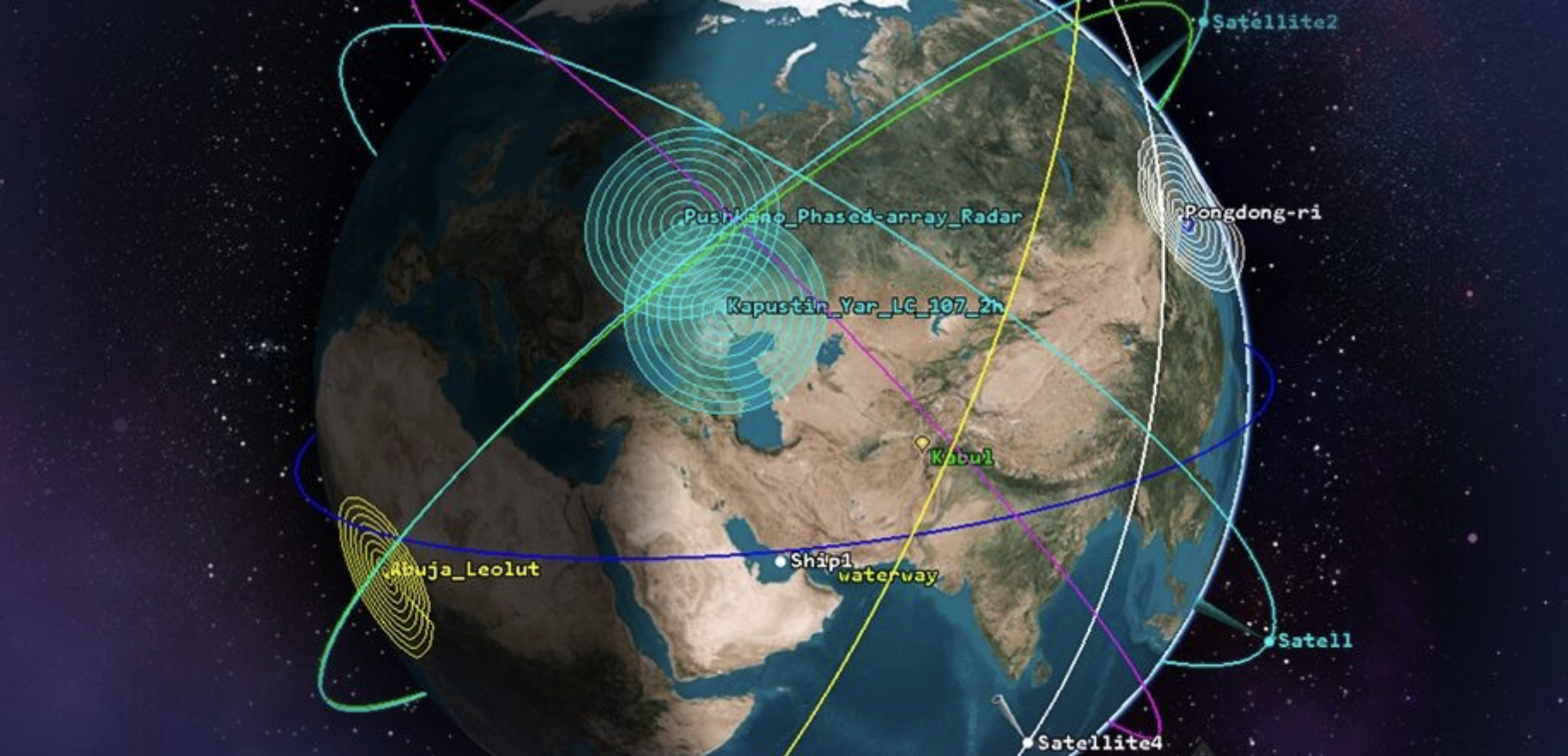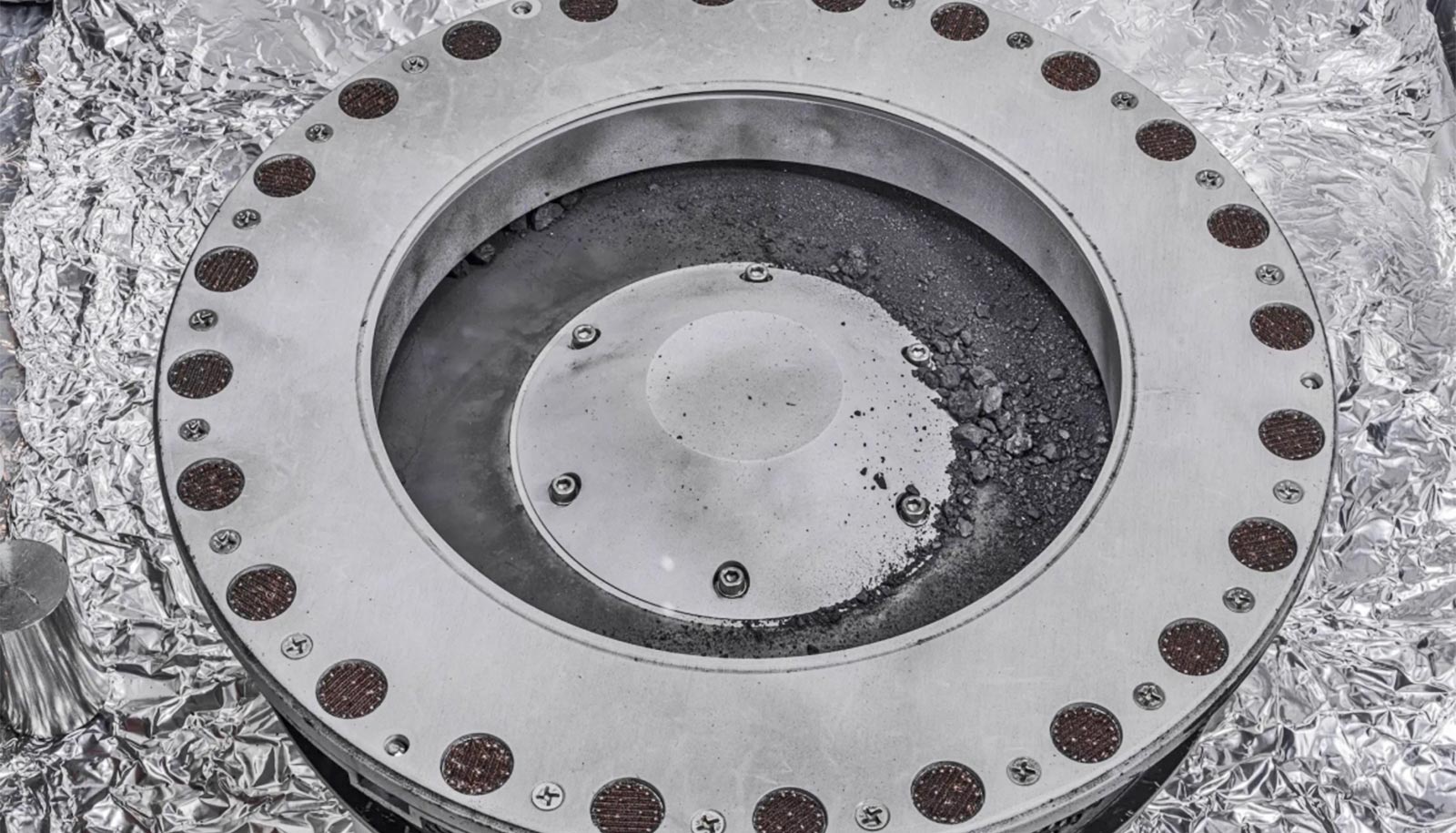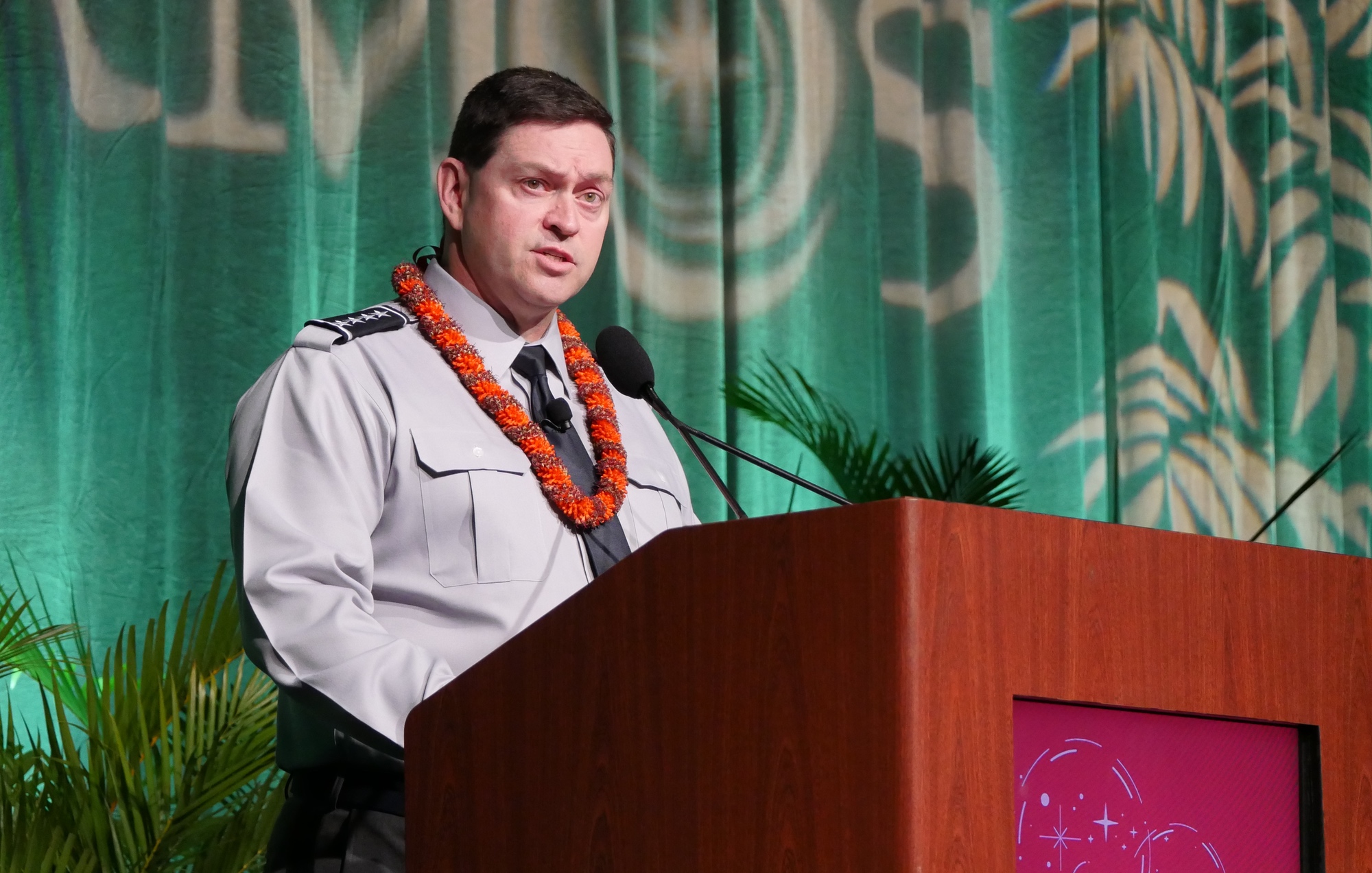HELSINKI — A Chinese satellite manufacturer and operator has conducted satellite-to-ground laser tests that will improve its ability to get remote sensing data to Earth.
Changguang Satellite Technology (CGST) carried out the test with its Jilin-1 MF02A04 remote sensing satellite and a vehicle-mounted laser communication ground station Oct. 5.
“The communication bandwidth of this satellite-to-ground laser image transmission test reached 10Gbps, which is more than 10 times the traditional microwave data transmission bandwidth,” Wang Xingxing, technical director of CGST laser communication ground station, said in a statement.
“In the future, Changguang Satellite plans to expand this bandwidth to 40Gbps ~100Gbps.” The new ground stations will be deployed in numerous locations across China to greatly improve the Jilin-1 remote sensing image data acquisition, the statement read.
CGST is based in Changchun, capital of northeastern Jilin province, for which the constellation is named. The firm is an offshoot from the state-owned Changchun Institute of Optics, Fine Mechanics and Physics (CIOMP) under the Chinese Academy of Sciences (CAS).
Established in 2014, CGST has more than 100 satellites in orbit. A number of Jilin-1 Gaofen (“high resolution”) satellites return panchromatic images with a resolution of 0.75 meters.
The company announced last year that it intends to expand its Jilin-1 constellation from a planned 138 satellites to 300 satellites by 2025. The expansion of the Jilin-1 constellation follows concerns raised by China over the use of U.S. commercial satellite constellations in the Ukraine conflict, including communications via SpaceX’s Starlink satellites but also imagery from companies such as Maxar.
CGST conducted an earlier laser data transmission test in June this year in cooperation with CAS’s Aerospace Information Research Institute (AIR). CGST began work on the test in March 2020, resulting in the high-bandwidth, miniaturized laser communications terminal.
Chinese state media touted the breakthrough with the vehicle-mounted ground station as China’s first successful test of a domestically developed, commercial satellite-based high-speed laser image transmission.
CGST has already begun adding laser terminals to some of its satellites launched this year. It is also working on inter-satellite links, which will help China get around a relative lack of global ground station access.
Satellite ground segment providers around the globe are looking at the viability of satellite-to-ground optical communications, noting both challenges and opportunities.
A recent AFP report states that CGST sold, via intermediaries, two 75-centimeter-resolution satellites to Russia’s private paramilitary organization Wagner Group, according to a contract seen by the news agency.
“The satellite images were also used to assist Wagner’s operations in Africa and even its failed mutiny in June which has led now to the de-facto break up of the group followed by the death of Prigozhin and other key figures in an air crash in August, a European security source told AFP,” the report read.The U.S. earlier this year placed sanctions on Spacety, another CAS spinoff, for alleged supply of synthetic aperture radar imagery of locations in Ukraine to Wagner Group.

